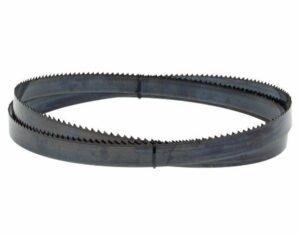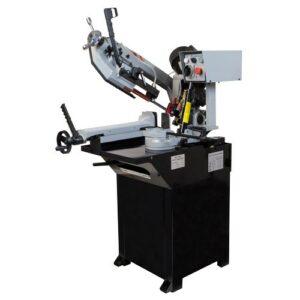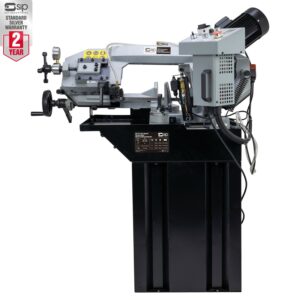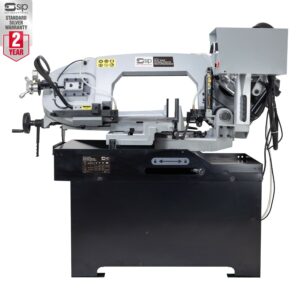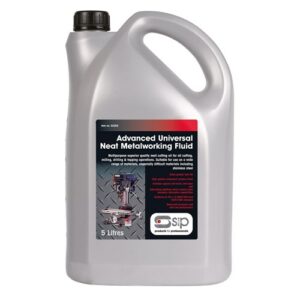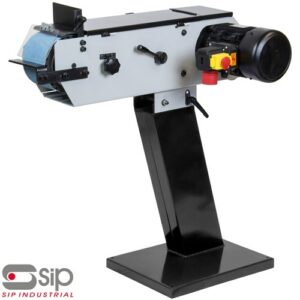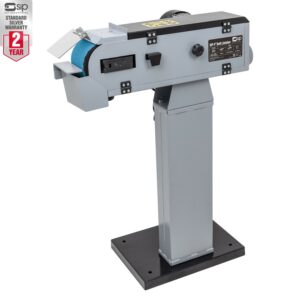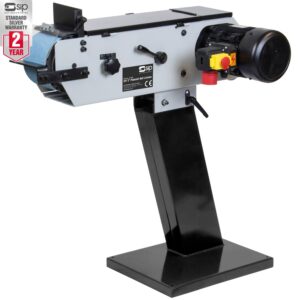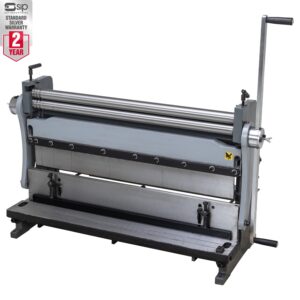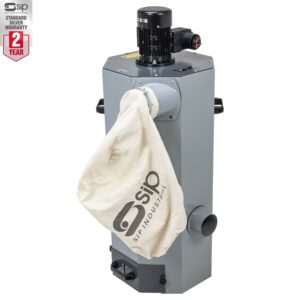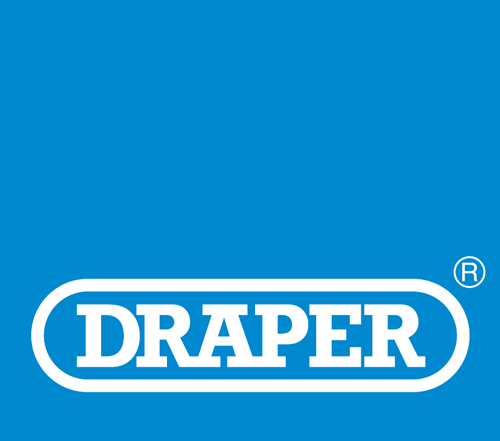Showing 21–33 of 33 results
Do I need a metal cutting bandsaw or a metal cutting circular saw?
Both metal cutting bandsaws and metal cutting circular saws can be used to cut metals of various types and thicknesses. But which is best for you? If you deal frequently with irregularly shaped and curved materials, then a bandsaw might be best for you, while the metal cutting saw works best with straight lines. Similarly, if you regularly handle thicker materials, the bandsaw is likely to be a better option for you, as circular saws can struggle with diameters above 5-6 inches. If you need personalised recommendations from our range of metal cutting saws, you can call us or drop us an email and we’ll share our expertise with you.
Why do metal cutting saws include different speed ranges?
The rate the blades move across the cutting material is the band speed, which is sometimes given in Surface Feet Per Minute (SFPM) or more commonly, metres per minute. Different materials and individual thicknesses require different speeds to cut them effectively. As such, increased speed ranges allow you to cut various types of materials, of differing thicknesses. Kendal Tools & Machinery metal cutting bandsaws feature 4-speed gearboxes, making them ideal for metalworkers who use a variety of metals. Browse our selection of metal cutting saws today, or for our personal recommendations on specific product types, you can call us or fill in our online enquiry form and we’ll get back to you as soon as we can.
Do metal cutting saws come with a cutting blade?
When you order a metal cutting saw from Kendal Tools & Machinery, a metal cutting blade will be supplied unless indicated otherwise. This blade is compatible with your chosen machine and can be used under the circumstance specified. If you are unsure, it’s best not to use the provided blade and contact our friendly experts in the office first, who will happily double-check for you. We also stock a selection of replacement or alternative blades if you need to restock. Find our range of circular saw blades and bandsaw blades in our online store. If you find yourself ordering today, add any products to your online basket and enjoy a range of secure payment options, including compatibility with PayPal, VISA Debit, AmEx, and MasterCard.
Why do metal cutting saw blades feature different teeth sizes and shapes?
The teeth on a blade dictate many things, including the blade’s application, performance, and how it cuts- usually described by discussing aggressiveness. These factors then specify which material they are best for. The number of teeth dictates its cutting action. The greater the number of teeth, the smoother the cut, and vice versa. The tooth configuration or shape decides its performance. Some teeth are designed to optimise crosscutting, ripping, general cutting, or even cutting specific materials. The angle of teeth determines the aggressiveness of the blade. Blades with teeth that lean forward have a positive hook angle and are classed as more aggressive. Aggressiveness dictates how the blade will cut and pass through the material- the more aggressive, the faster it will process material and the more harshly it will cut. If you have any other questions about Kendal Tools cutting blades, including which is best for your project, you can call us or drop us an email and we will get back to you as soon as possible.

